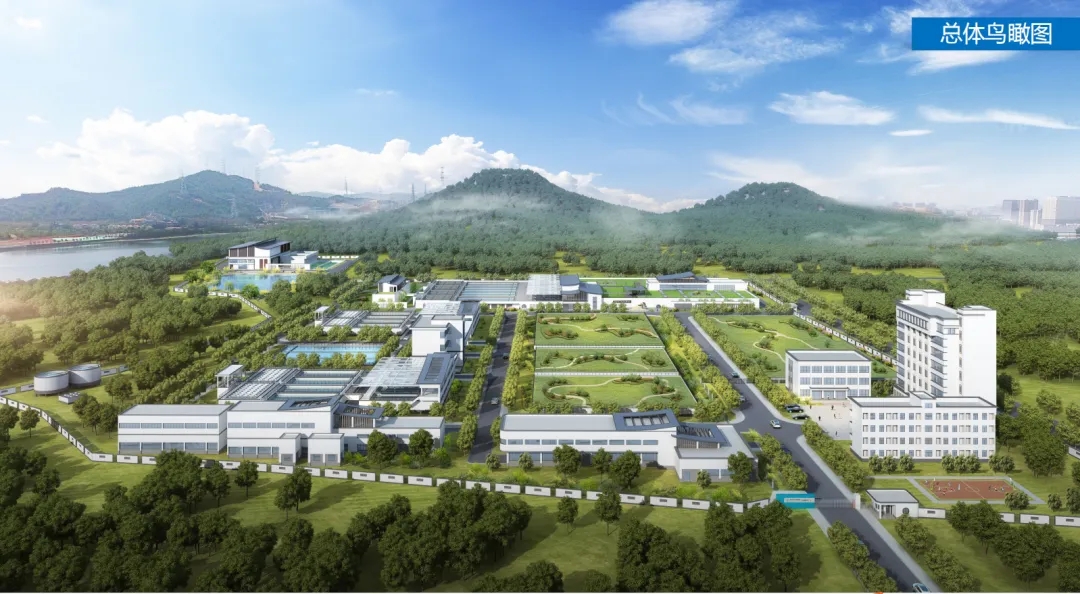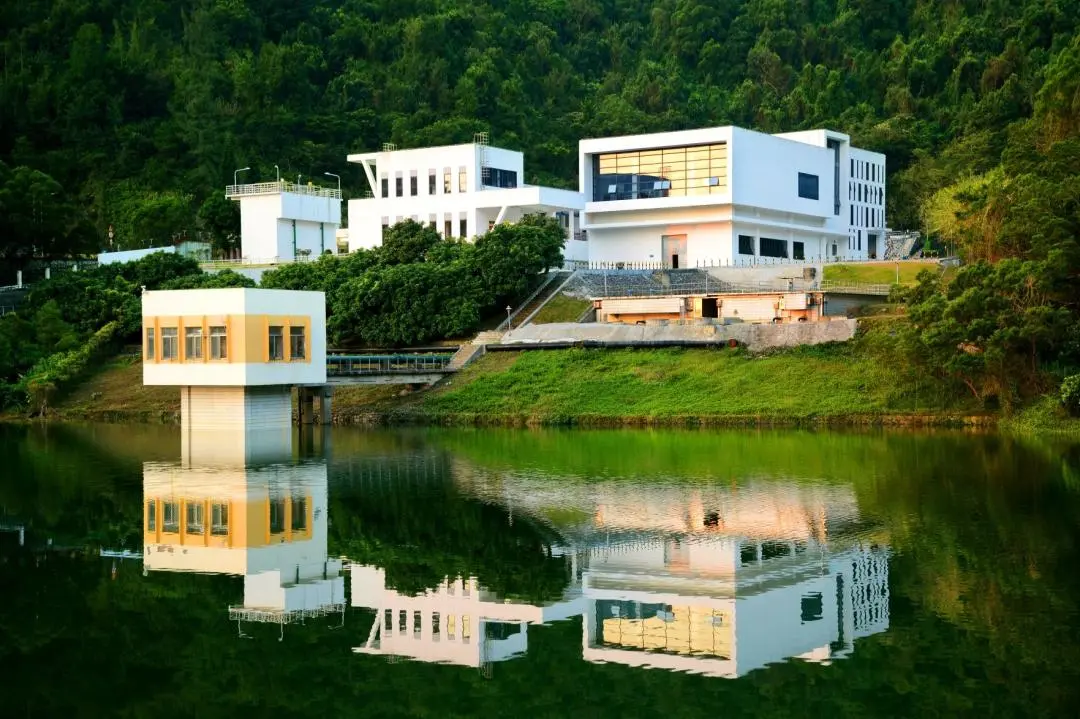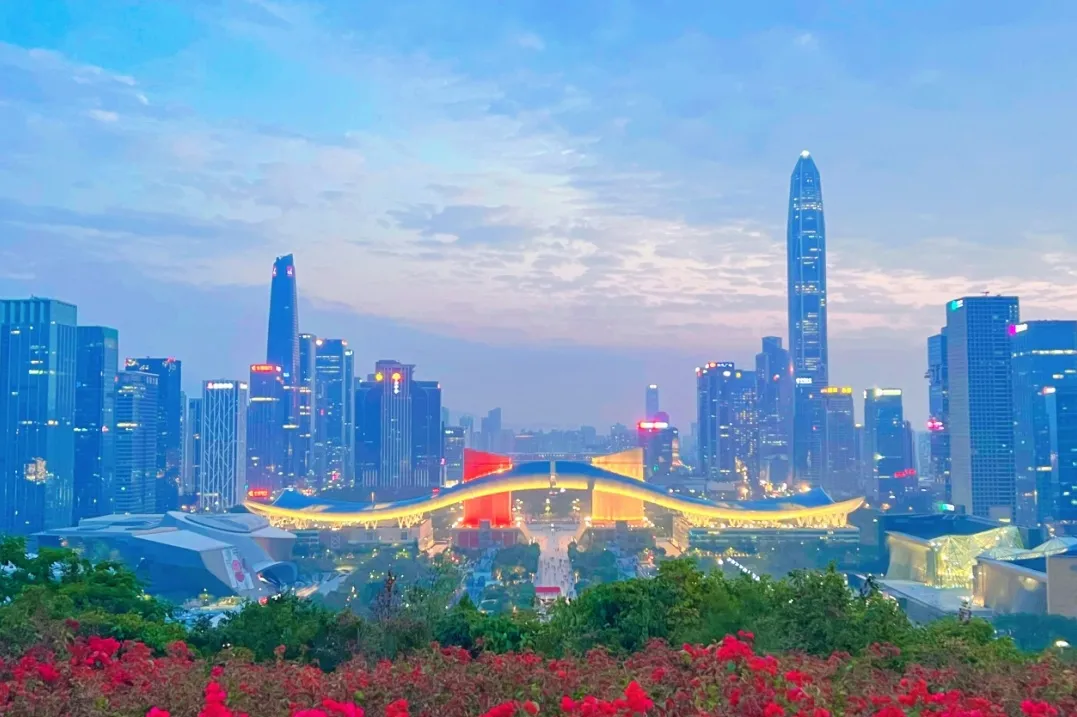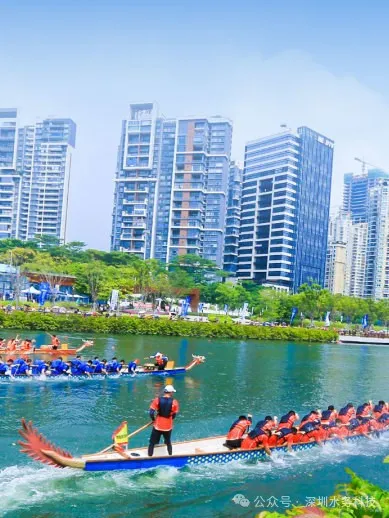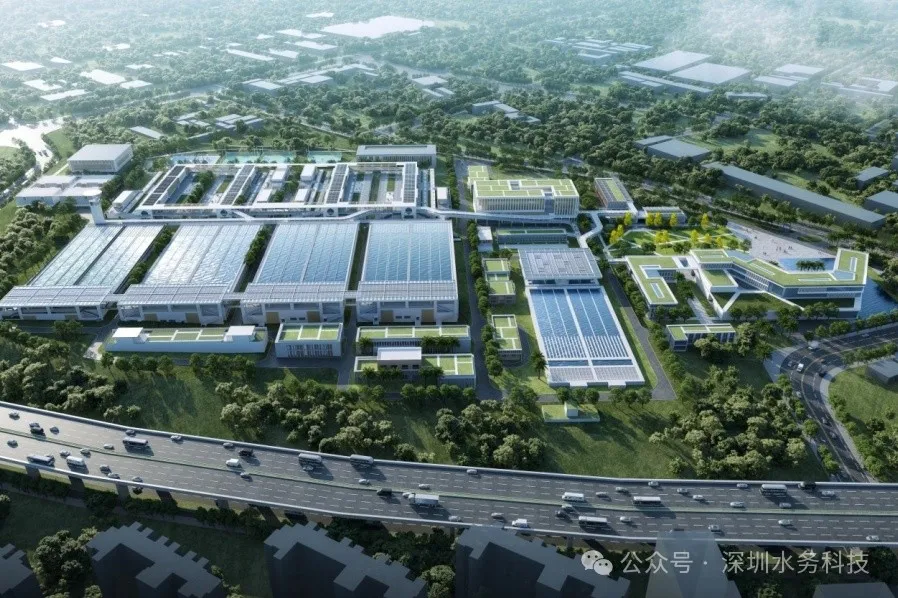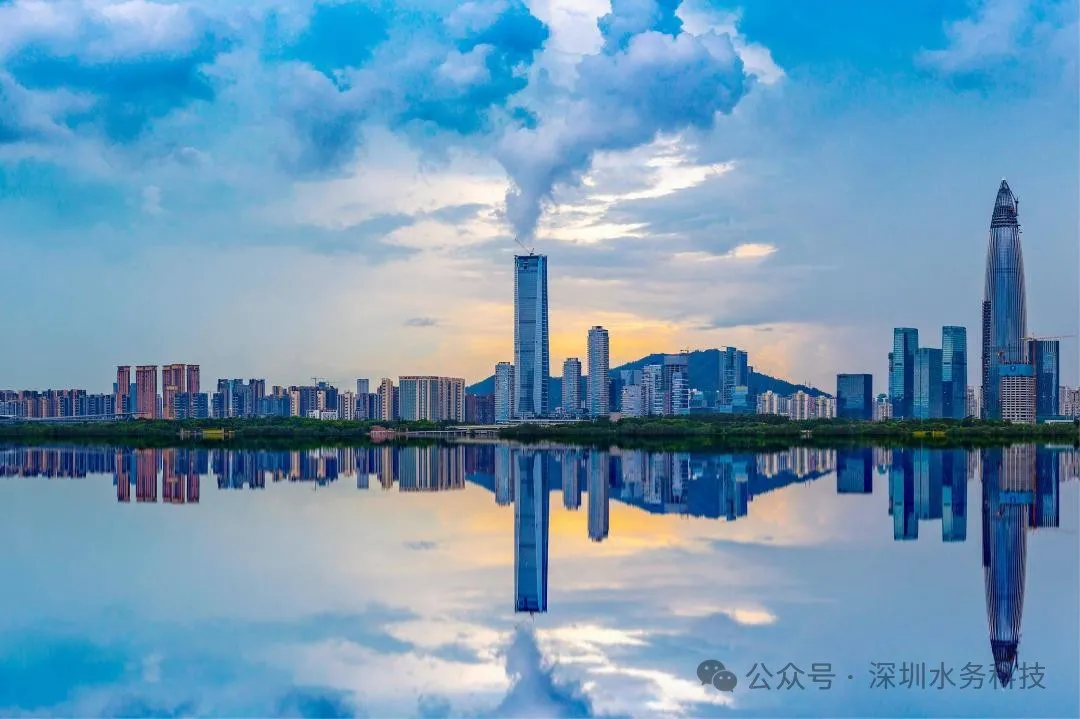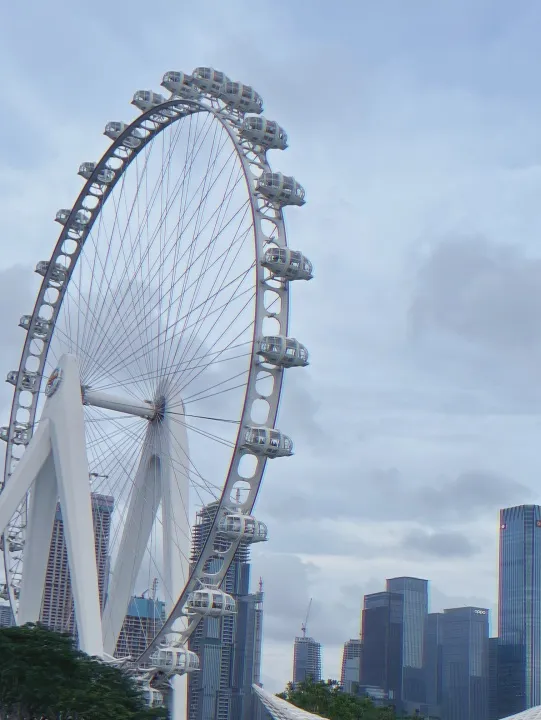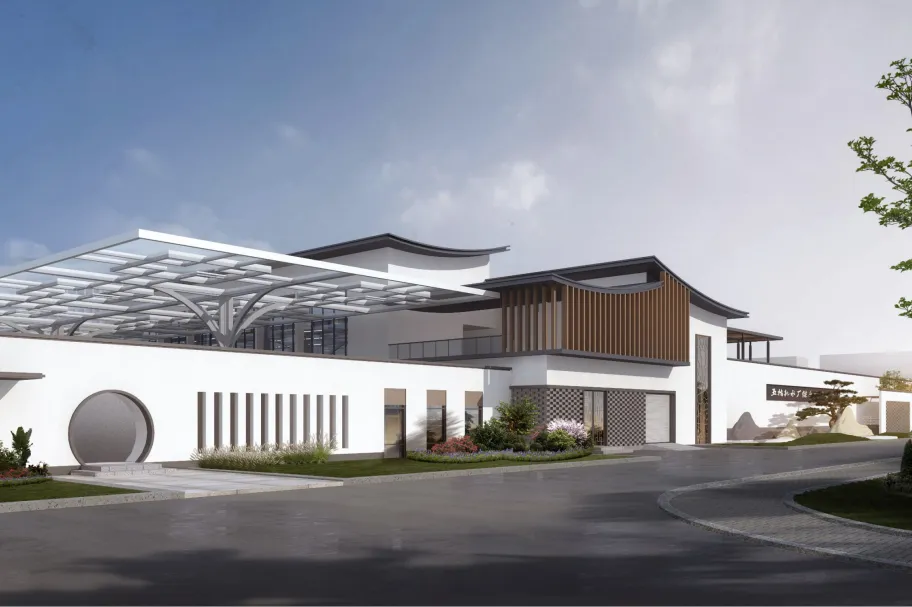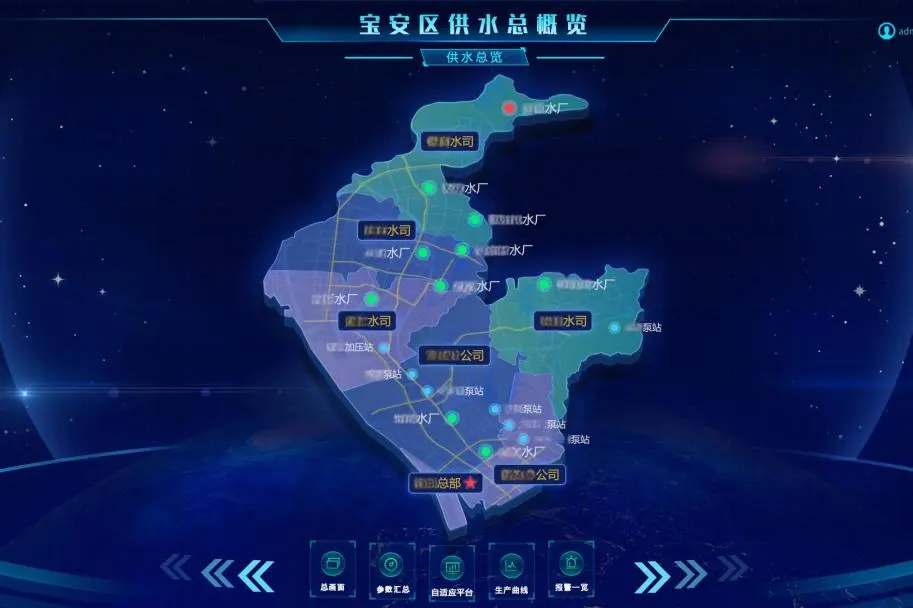◐
In the new consumption era,
"group tours" have become the cost - effective "ideal choice".
In the era of water digitalization and intensive management of plants and stations, "group - style" upgrades of plants and stations will become the high - value "top - tier trend".
Shenzhen Water experts guide you on a "group tour" (visiting) Shenzhen's water plants and stations in various districts.

Starting from Shenzhen's river mouth and heading west with a click, you can enjoy the unique "centralized control" features of each district's plants and stations.
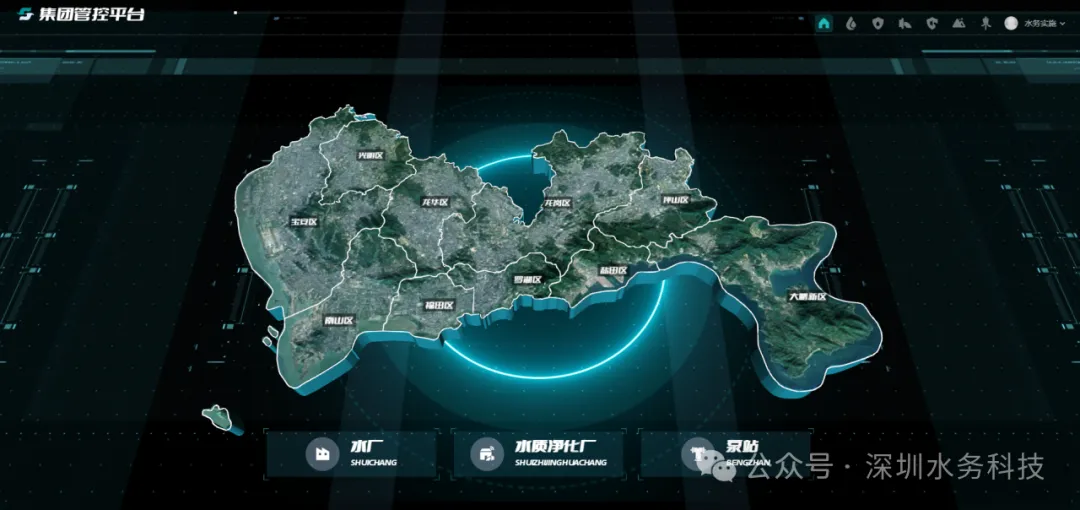
First stop · Yantian
Connecting mountains and sea
Large factories here have smaller ones, with fewer staff on duty at the factory stations.
Yantian has many beautiful coastlines. People play in the waves at Meisha, walk the seaside boardwalk, and enjoy the misty views of Wutong Mountain. Some chat over drinks at the night market, while others ensure safe drinking water and protect the environment.
Though few people live in Yantian permanently, it draws over ten million visitors yearly. Yantian Port Waterworks, Shatoujiao Waterworks, and Qiaocheng Waterworks supply daily drinking water for locals and tourists. Yantian Wastewater Treatment Plant treats sewage to safeguard the environment.
Production at Yantian's three waterworks is now centrally managed, with fewer staff on duty. The number of operators has dropped from 36 to 16, yet the whole operation remains safe and stable, and water quality is consistently good (with water turbidity below 0.1NTU). Meanwhile, the three water plants, one water treatment plant, and five sewage pumping stations under Yantian branch all have their equipment repaired centrally, and the equipment repair timeliness is over 98%.

Second stop · Luohu
where lakes and mountains create a beautiful scene
Factories and stations work together, and the drainage pipe network uses smart water volume scheduling

Luohu is one of Shenzhen's highly intensive central city districts. Under the beautiful Honghu Park, known for its hundred - acre lotus pond, lies a 5G - covered Smart Wastewater Treatment Plant.
This plant moves water treatment facilities underground, freeing up ground space for citizens and providing water for the park's ecological landscapes. Through a new plant - station centralized control system, it achieves plant - station linkage and smart inflow regulation with Bao'an Road Pump Station and Honghu Pump Station. In emergencies like heavy rain or floods, the system can operate without staff.
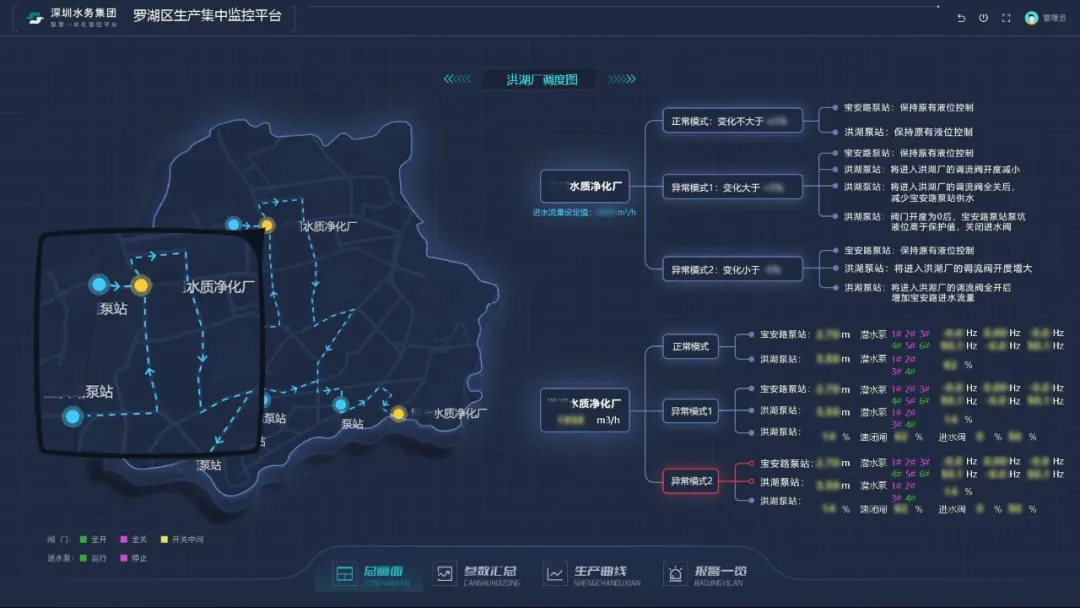
Luohu branch has centralized control of Donghu Water Plant, Luofang Wastewater Treatment Plant, Honghu Wastewater Treatment Plant, and 15 pumping stations. In the future, Luohu District will achieve smart scheduling of sewage pipe network water volume.

Third stop · Futian
An urban oasis
Comprehensive centralized management and smart upgrades of plants and stations
Futian is China's CBD with the highest green space ratio. Here, you can enjoy skyscraper light shows and start a "Park City" trip, easily switching between bustling areas and green spaces.
Futian Wastewater Treatment Plant, hidden under Futian Coastal Eco - Sports Park, and Shenzhen River - adjacent Binhe Wastewater Treatment Plant (the largest in China using AOA technology), together guard the last line of defense against urban water pollution.
Futian involves cross - district water allocation with Luohu and Nanshan, adding complexity to the process. Futian branch has now centralized and smart - upgraded monitoring of 2 water plants, 2 wastewater treatment plants, 15 pumping stations, and 11 weirs, improving overall scheduling.
Notably, the 11 weirs in Futian, near the Shenzhen River border, are hard to maintain. The centralized control system enables video - linked remote inspections, reducing the need for manual inspections.

Fourth stop · Nanshan
A bay area with a great ecosystem.
Pumping stations are under centralized monitoring, and we're exploring smart scheduling for the coastal discharge channel.
Nanshan is a hub of innovation and a core area for intensive, high-quality development.
Here lies Nanshan Water Plant, China's largest - scale one - off water plant, meeting water needs under high - quality development. Nanshan branch has set up its Centralized Control and Scheduling Center here. With a new plant - station centralized control system, it centrally monitors 2 water plants, 3 wastewater treatment plants, and 25 pumping stations in Nanshan District.
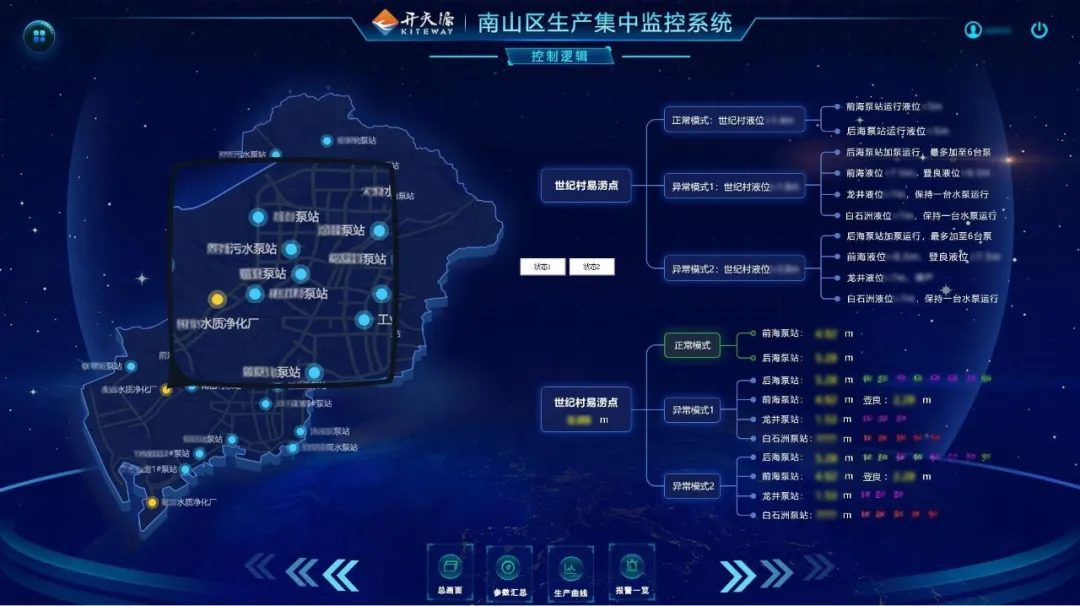
The drainage pipe network in Nanshan is at the end, making water drainage scheduling complicated. The centralized control system can effectively reduce the risks of flooding and water quality contamination. By the end of this year, Nanshan Wastewater Treatment Plant has realized remote control over Shekou Wastewater Treatment Plant. Also, the 25 pumping stations have been upgraded into smart ones, achieving intelligent scheduling of the coastal discharge channel.

Fifth stop · Baoan
Where Mountains Meet Rivers and Rivers Embrace the Sea
plants, stations, and networks work together for centralized water supply scheduling
Bao'an is a dynamic aerotropolis that converges land, sea, and air transportation hubs. At its urban core, it boasts an international airport, the landmark "Bay Area Glory" Ferris Wheel, and lush coastal green spaces that exemplify ecological harmony.
To the west lies the Wuzhipa Water Plant, a facility blending classical Chinese garden aesthetics with modern smart technology. Equipped with a centralized control system, the plant remotely manages operations at the Songgang Water Plant and Yanluo Pump Station, ensuring efficient water supply distribution across the Songgang area.
Currently, Shenshui Bao'an Water Group utilizes a new-generation centralized plant control system to achieve interconnected operations, unified control, and coordinated management across nine water plants (including Wuzhipa, Zhu'ao, and Xin'an) and five pumping stations. Integrated with an adaptive platform, the system enables synergized plant-station-network operations and centralized water supply scheduling.

We have rolled out a new centralized control system for water plants and stations in all districts of Shenzhen..
Instead of just automating individual facilities, we're now upgrading to smart group control.
We've ditched the old scattered way of running things and moved to centralized operations—meaning fewer staff needed on-site. This shift helps water departments tighten up regional management and get things running smoother.
Yep, this system's the real deal!
Alright, so what makes this new Plant and station centralized control system different from the old ones? What's the secret sauce in the tech? And how do all the parts actually work together in real operation? Tune in next time—we'll spill the beans!


